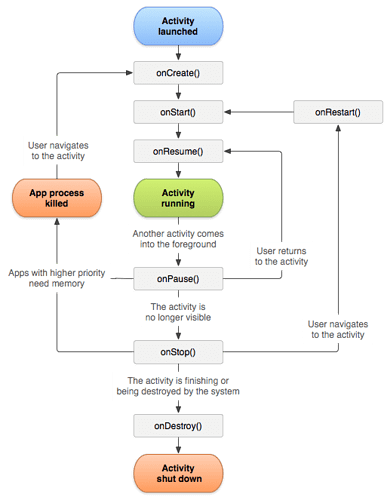Issue: Tiles/controls are “resetting” to their default states every time the screen either goes to DayDream or is turned off.
Device: Android 6.0.1, Nexus 7, HomeRemote 3.0.21.0.
Replication: Using the default TileTemplates and a group, turn on a light from the group. The tile changes to Accent colors, switch is toggled, etc. Allow tablet to time-out (DayDream) or turn off the screen (by the power button). Wake screen. Tiles will be reset to their default states (Foreground colors and toggles off.) Sometimes the toggles will find the correct updates and toggle properly to the “on” state after 1-5 seconds, sometimes they do not. Pressing the toggle will perform the appropriate action (if the toggle shows OFF, it will send the ON commands even if the light is already on etc). It maintains synchronization after that, until the next time the screen is off.
Notes: This could be an Android thing, not leaving the app “awake” during screen off. I’ve changed the battery optimization to “not optimize” HomeRemote but it didn’t fix it. My Nexus4 (running Android 5.something) does not have this problem. It also loses sync sometimes but not consistently like this.They’re using the same HRP file on the same screens. My devices are entirely SmartThings devices (other brands etc but all controlled via ST integration). SmartThings is showing devices synced correctly when checking on another device. This is replicated with the default DeviceBrowser tiles as well as customized tiles.
I’m turning the screen to DayDream so that I don’t get burn-in and to save the backlight LED a bit. I don’t use the panels often enough to avoid burn in naturally. Maybe there’s some other way, within HomeRemote, I could rig up a “screensaver” type thing where HomeRemote would always be in the foreground, but since my Nexus4 is working well enough with DayDream (and dims the backlight) I’d rather keep it simple.

